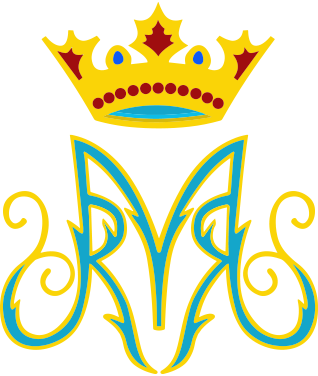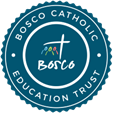A - Z of Inclusion Terms
A
Accessibility: The design, development, or state of physical or digital environments, resources and services that are easy to reach, enter, use, see, etc. for all users.
Adaptions: changes made to the curriculum in order to provide equal access to learning and equal opportunity to demonstrate what is known.
Alternative communication systems (ACC): extra ways of helping people who find it hard to communicate by speech or writing to communicate more easily. This can include signing and gesture (unaided systems) or books and special computers (aided systems).
Annual Review: a meeting held annually to review the Educational Health Care Plan. Parents, school and outside agencies are all invited to attend.
Auditory learning style: children who learn best when involved in listening and speaking tasks.
Auditory sequential memory: the ability to recall sounds, spoken words and information in the sequence they were heard.
B
Baseline assessment: the assessment of skills before any teaching or intervention from which subsequent progress can be measured.
C
Cognition: the process of knowing, thinking and reasoning.
Cognitive ability: the intellectual ability to know, think and reason.
Co-ordination: the ability to perform complex body movements.
D
Decoding: the process of extracting meaning from written or spoken symbols.
E
EAL: English as an additional language.
Educational Health Care Plan (EHCP): a legal document that sets out a child or young person's special educational, health and social care needs and how those needs should be met.
Engagement model: the engagement model is an assessment tool that helps schools meet their duties in supporting pupils who are working below the level of the national curriculum and who are not engaged in subject-specific study.
Equality: A state of affairs or result whereby all members of a group enjoy the same inputs, outputs or outcomes in terms of status, rights and responsibilities.
Equity: the education of all learners is seen as being of equal importance.
Expressive Language: the ability to communicate, expressing thoughts and responses through writing, speaking or signs and gestures.
Eye-hand co-ordination: the ability of the eyes and hands to work together.
F
Fine Motor skills: refers to the ability to use the small muscles of the body for precise skills such as writing.
I
Inclusion: the word used to denote that children with all abilities and needs are included in a mainstream school.
I.L.S.P: Individual Learning Support Plan: the plan devised for meeting a child’s needs with targets for the child, showing who will help and what will be done.
M
Mastery folder: a way of teaching precise words, numbers or targets.
P
Pre-key Stage Standards: the pre-key stage standards are teacher assessment and attainment target setting tools. Schools use them to support pupils who are working below the standard of the national curriculum tests and assessments but remain engaged in subject-specific study.
R
Receptive Language: the ability to receive and comprehend verbal language either written or spoken.
S
School support register / SEN register: a list of children in school who receive additional support at school.
Sight words (high frequency words): words that children can recognise as whole words on sight.
Sensory circuit: A Sensory Circuit is a short plan of physical activities that enables children to achieve an optimal level of alertness.
T
Thinking skills: the skills through which children acquire, interpret, re-organise, store, retrieve and process knowledge.
V
Verbal comprehension: the ability to listen to information, remember it, understand it and then use the information across a range of tasks.
Visual memory: the ability to recall information that has been presented visually.
Visual motor: refers to the ability to translate information received visually into a motor response. Children who have difficulties in this area often have poor handwriting.
W
Well-being: the state of being comfortable, healthy, or happy.
Z
Zones of Regulation: intervention which helps children to manage their emotions.

